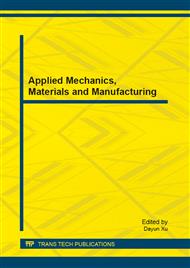p.584
p.589
p.594
p.598
p.602
p.609
p.613
p.617
p.624
The Application of MATLAB in Classical Electrostatics Boundary-Value Problems
Abstract:
In this paper we introduce the use of a computer image and the Partial Differential Equation (PDE) Toolbox in MATLAB, and discuss the electrostatic field, the potential function and the solution of the Laplace equation by separation of variables and the PDE toolbox. It is convenient to figure out the classical electrostatics problem with MATLAB.
Info:
Periodical:
Pages:
602-608
Citation:
Online since:
August 2013
Authors:
Price:
Сopyright:
© 2013 Trans Tech Publications Ltd. All Rights Reserved
Share:
Citation:


